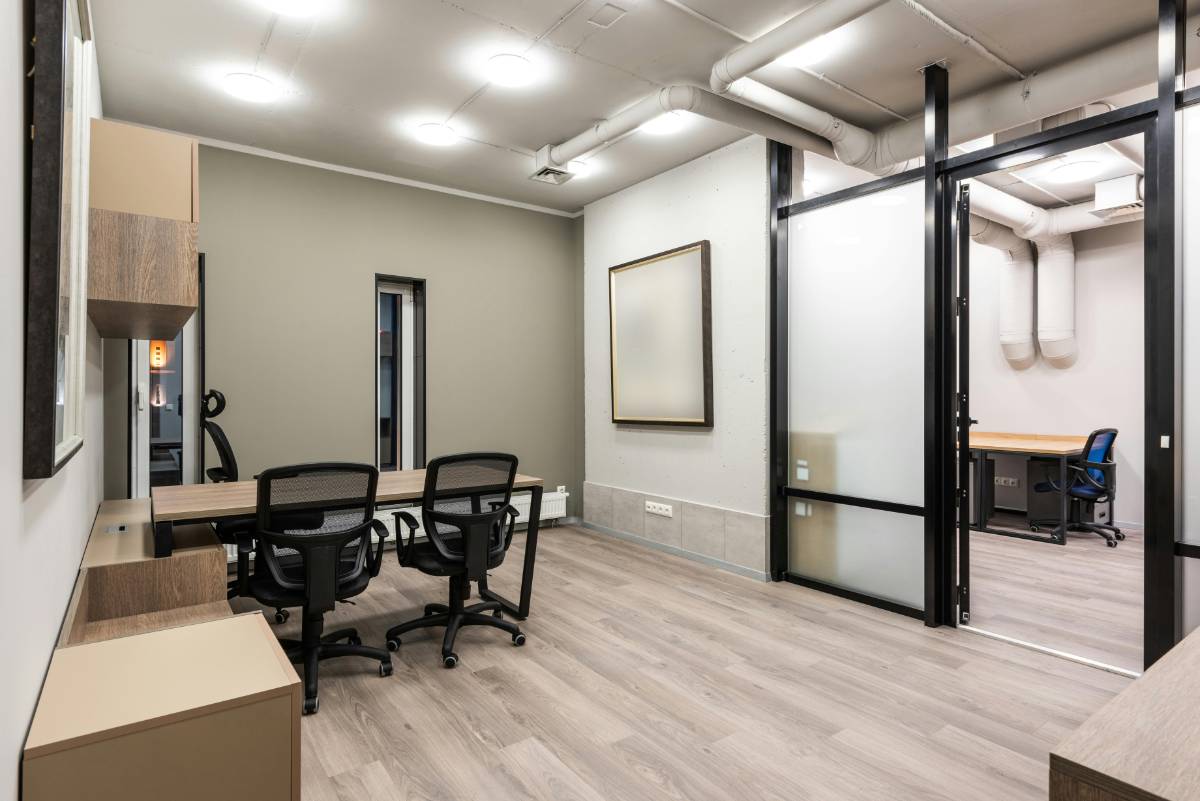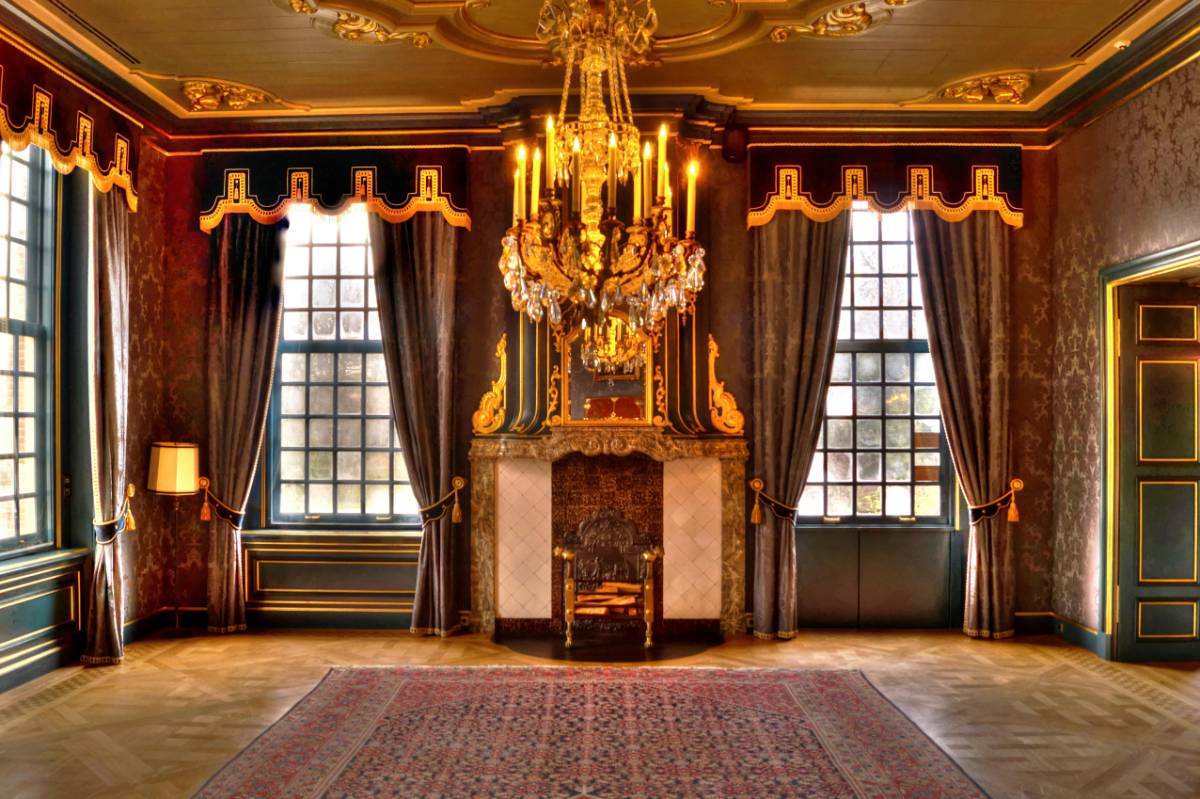
The Benefits of Sustainable Design in Commercial Spaces
Sustainable design in commercial spaces is becoming an essential aspect of modern architecture. As businesses and organizations shift toward more environmentally-conscious operations, the importance of incorporating sustainable practices into the design of office buildings, retail spaces, and other commercial properties cannot be overstated. This article highlights the numerous benefits of sustainable design in commercial spaces, from environmental advantages to cost savings and improved employee well-being.
Environmental Benefits
The most obvious advantage of sustainable design in commercial spaces is its positive impact on the environment. By implementing energy-efficient systems, using sustainable materials, and incorporating renewable energy solutions, businesses can significantly reduce their carbon footprint and resource consumption.
For example, buildings designed with energy-efficient insulation, high-performance windows, and smart HVAC systems reduce the amount of energy needed for heating, cooling, and lighting. Additionally, sustainable design practices can include rainwater harvesting systems, greywater recycling, and green roofs, all of which help conserve water and manage stormwater effectively.
By reducing the environmental impact of commercial buildings, businesses can contribute to broader sustainability goals and environmental conservation efforts, helping mitigate climate change and protect natural resources for future generations.
Cost Savings and Energy Efficiency
While the initial costs of sustainable design may be higher than traditional construction methods, the long-term financial benefits can be substantial. Energy-efficient commercial spaces can lower utility bills significantly, as buildings consume less energy to maintain comfortable temperatures and lighting. In fact, studies have shown that energy-efficient buildings can reduce operational costs by up to 40% or more.
Sustainable design also encourages the use of renewable energy sources, such as solar panels and wind turbines, which can help offset energy costs. Over time, the energy savings from these systems can lead to significant financial returns, making the upfront investment in sustainable design a sound economic choice.
Moreover, businesses that prioritize sustainable design are often eligible for government incentives, grants, and tax credits aimed at promoting energy efficiency and environmental responsibility. These financial incentives can help offset the cost of implementing sustainable features in commercial buildings.
Enhanced Tenant and Employee Well-being
Sustainable commercial spaces are not only beneficial for the environment and the bottom line but also for the health and well-being of the people who use them. Research has shown that well-designed, sustainable buildings promote a healthier work environment, resulting in increased employee satisfaction, productivity, and overall well-being.
For example, natural daylighting, good indoor air quality, and the use of non-toxic materials all contribute to a more comfortable and healthier work environment. Employees in green buildings report fewer headaches, fatigue, and respiratory issues, leading to fewer sick days and greater overall productivity.
In addition, incorporating biophilic design elements—such as green walls, plants, and natural materials—can enhance employee mood and creativity. A connection to nature has been proven to reduce stress and improve cognitive function, making sustainable buildings not only environmentally-friendly but also conducive to a more productive and motivated workforce.
Attracting Clients and Investors
Sustainability is a growing priority for both consumers and investors. Businesses that prioritize sustainable design in their commercial spaces often attract environmentally-conscious clients, customers, and tenants who value sustainability in the products and services they purchase or lease. A commitment to sustainability can therefore enhance a company’s reputation and brand image.
Investors are also increasingly looking for opportunities in green real estate, as sustainable buildings typically have higher occupancy rates, lower vacancy rates, and are more resilient to market fluctuations. By investing in commercial spaces with sustainable features, investors can ensure long-term value and profitability.
Additionally, certifications such as LEED (Leadership in Energy and Environmental Design) or BREEAM (Building Research Establishment Environmental Assessment Method) can increase the marketability of a commercial property. These certifications are widely recognized indicators of a building's environmental performance and can provide a competitive edge in attracting high-quality tenants and buyers.

Improved Regulatory Compliance
Governments around the world are implementing increasingly strict regulations to reduce the environmental impact of buildings. Many cities have adopted energy codes and sustainability standards that mandate the use of energy-efficient systems, water conservation measures, and other sustainable practices in commercial construction projects.
By incorporating sustainable design elements into commercial spaces, businesses can ensure compliance with local, regional, and national regulations. Staying ahead of regulatory requirements not only helps avoid potential fines or penalties but also demonstrates a company’s commitment to environmental responsibility and good corporate citizenship.
In some cases, sustainable design features can even provide opportunities for businesses to influence the development of local regulations by showcasing the feasibility and benefits of environmentally-conscious building practices. This proactive approach to sustainability helps companies stay ahead of the curve as sustainability standards evolve.
Long-term Value and Asset Durability
One of the key benefits of sustainable design is the long-term value it adds to commercial properties. Buildings designed with durable, energy-efficient materials and systems tend to require less maintenance and have longer lifespans compared to traditional buildings. These features not only reduce operational costs but also increase the resale value of the property.
For instance, commercial buildings that incorporate durable materials like recycled steel, sustainable wood, and low-maintenance finishes tend to age better and maintain their aesthetic appeal over time. This reduces the need for costly repairs and renovations, ensuring the property retains its value for years to come.
Moreover, the demand for sustainable commercial spaces is only expected to grow in the future, as businesses, consumers, and investors alike continue to prioritize environmental responsibility. As a result, buildings with sustainable features will likely see increased demand, further boosting their value in the real estate market.
Conclusion
The benefits of sustainable design in commercial spaces are clear: reduced environmental impact, cost savings, enhanced tenant and employee well-being, and improved marketability. By investing in sustainable design practices, businesses can not only create more efficient, eco-friendly, and healthy spaces but also position themselves for long-term success in an increasingly sustainability-focused world.
As sustainable design continues to gain momentum in the commercial real estate sector, companies that embrace these practices will be better equipped to meet the evolving demands of the market, enhance their brand reputation, and contribute to a more sustainable future.



